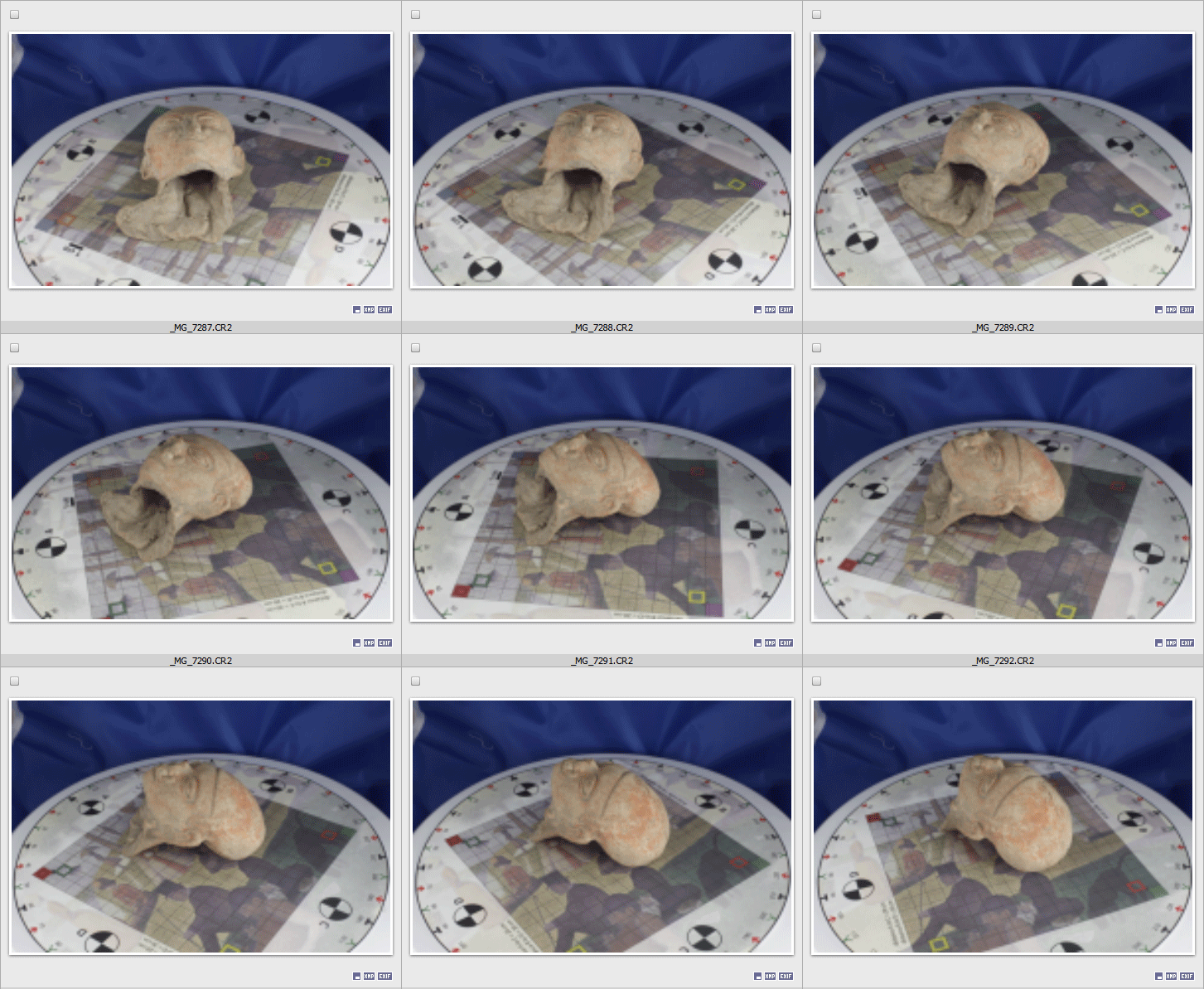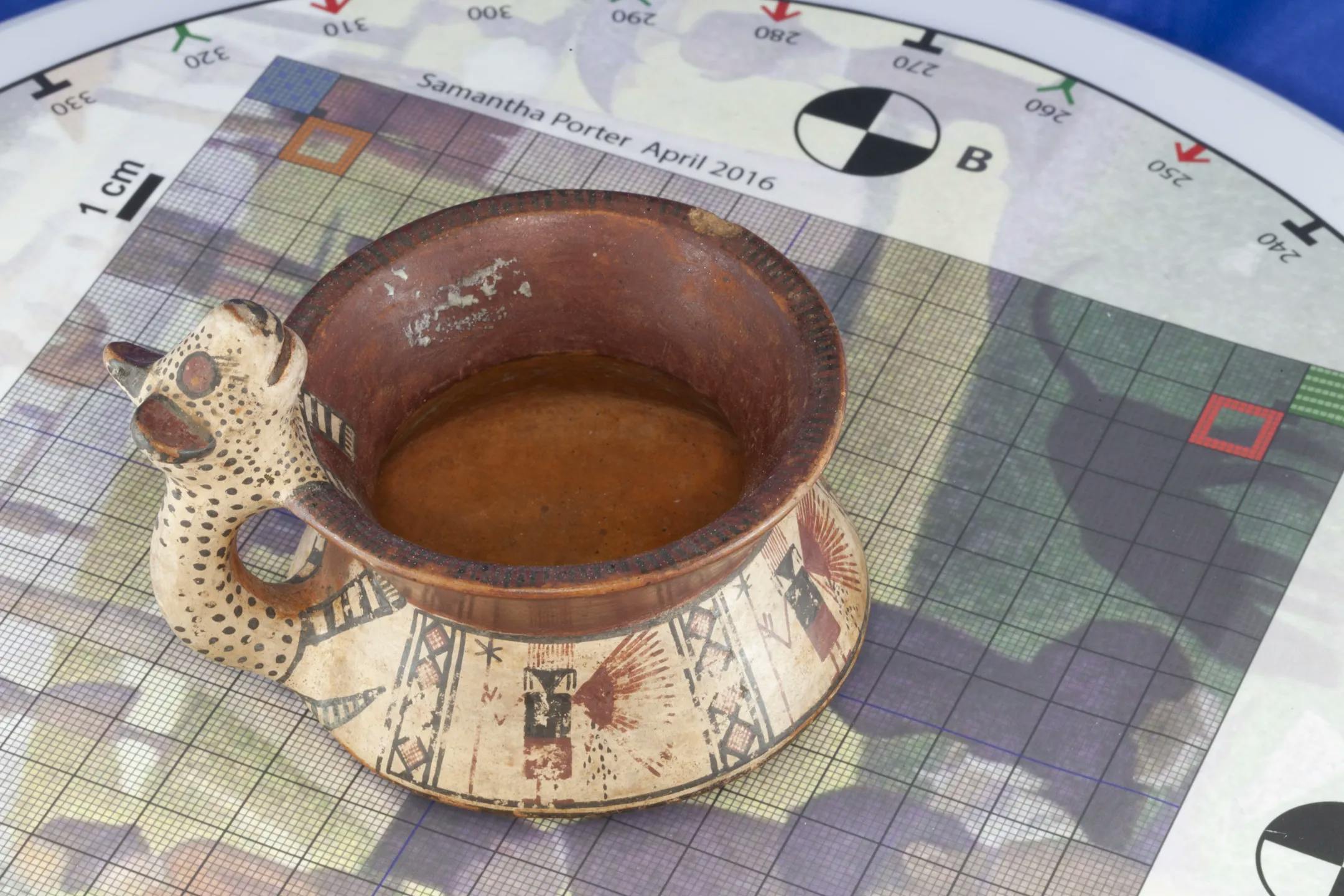Global Illumination
Global Illumination, 2018
HD video, sound, 8″
Global Illumination departs from a selection of Pre-Columbian objects attributed by the Pumapungo Museum in Cuenca, Ecuador, to nine different cultures and which are considered to have anthropomorphic or zoomorphic qualities, and characteristics related to sexuality. The objects were 3D-scanned at the museum with a digital camera through a process of photogrammetry and from the resulting 3D-models an animation was rendered in 3D-modeling software. The film is titled after one of the chief CGI algorithms responsible for accurately simulating the behavior of light and for producing scenes that are photorealistic to a point where one can’t distinguish them from perceived reality.
As Euro-American museums such as the MET, the British Museum and the Smithsonian increasingly dedicate a great amount of resources to 3D-scan and digitize their collections, Global Illumination meditates on the effects of such efforts and on the possibilities of representations of ethnographic artifacts in the present. By deploying one of the most advanced 3D-rendering technologies in CGI as well as borrowing from the aesthetic conventions of museum anthropology and auction house ads, the film probes the realist epistemology and the colonial desire to objectively measure difference that has guided most efforts to represent ethnographic artifacts since the early days of anthropology. The transparency and accuracy of scientific methods are challenged in the film as the hyper-realistic representation of the objects becomes undone and conjure a science-fiction atmosphere—as the objects themselves are rendered opaque by the aesthetic conventions used to represent them.
Original score by Geneva Skeen


As Euro-American museums such as the MET, the British Museum and the Smithsonian increasingly dedicate a great amount of resources to 3D-scan and digitize their collections, Global Illumination meditates on the effects of such efforts and on the possibilities of representations of ethnographic artifacts in the present. By deploying one of the most advanced 3D-rendering technologies in CGI as well as borrowing from the aesthetic conventions of museum anthropology and auction house ads, the film probes the realist epistemology and the colonial desire to objectively measure difference that has guided most efforts to represent ethnographic artifacts since the early days of anthropology. The transparency and accuracy of scientific methods are challenged in the film as the hyper-realistic representation of the objects becomes undone and conjure a science-fiction atmosphere—as the objects themselves are rendered opaque by the aesthetic conventions used to represent them.
Original score by Geneva Skeen


Artifacts were reproduced through the use of photogrammetry in-situ at the Pumapungo Museum


